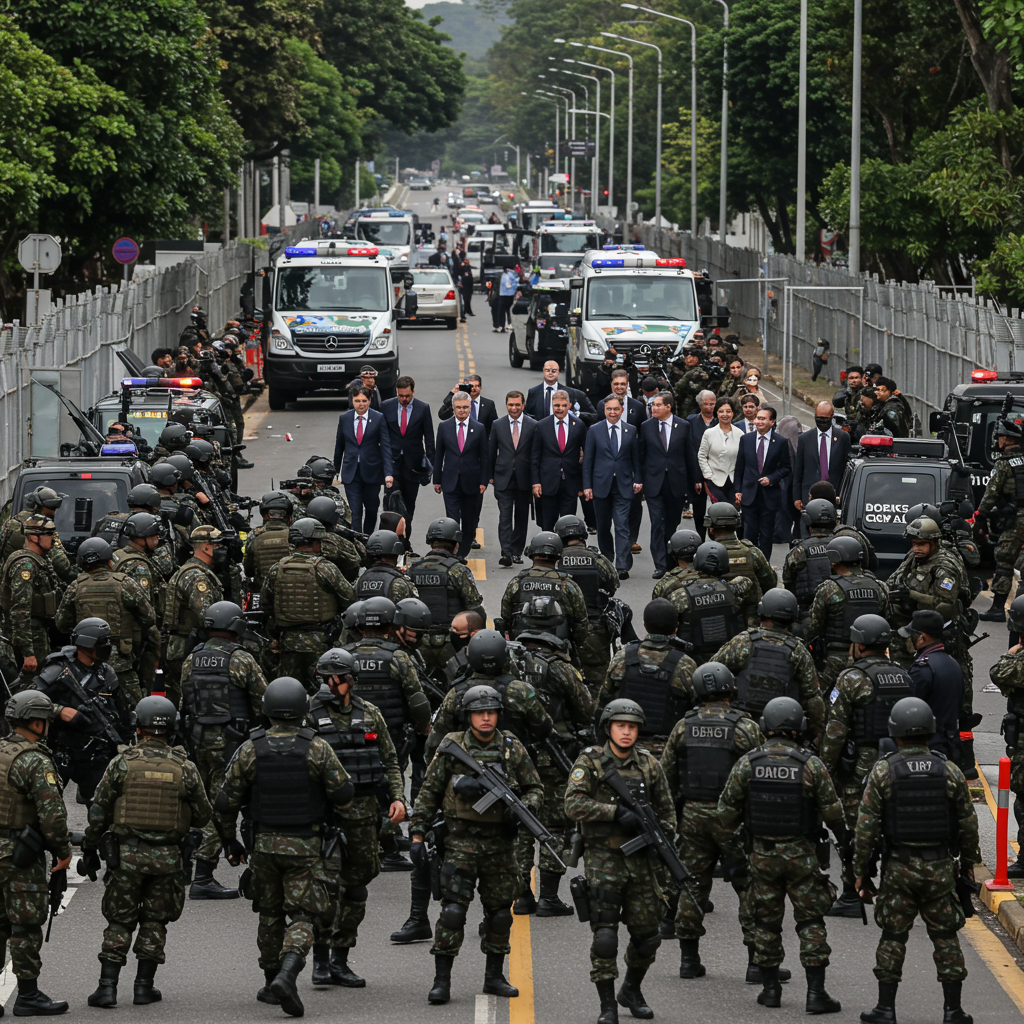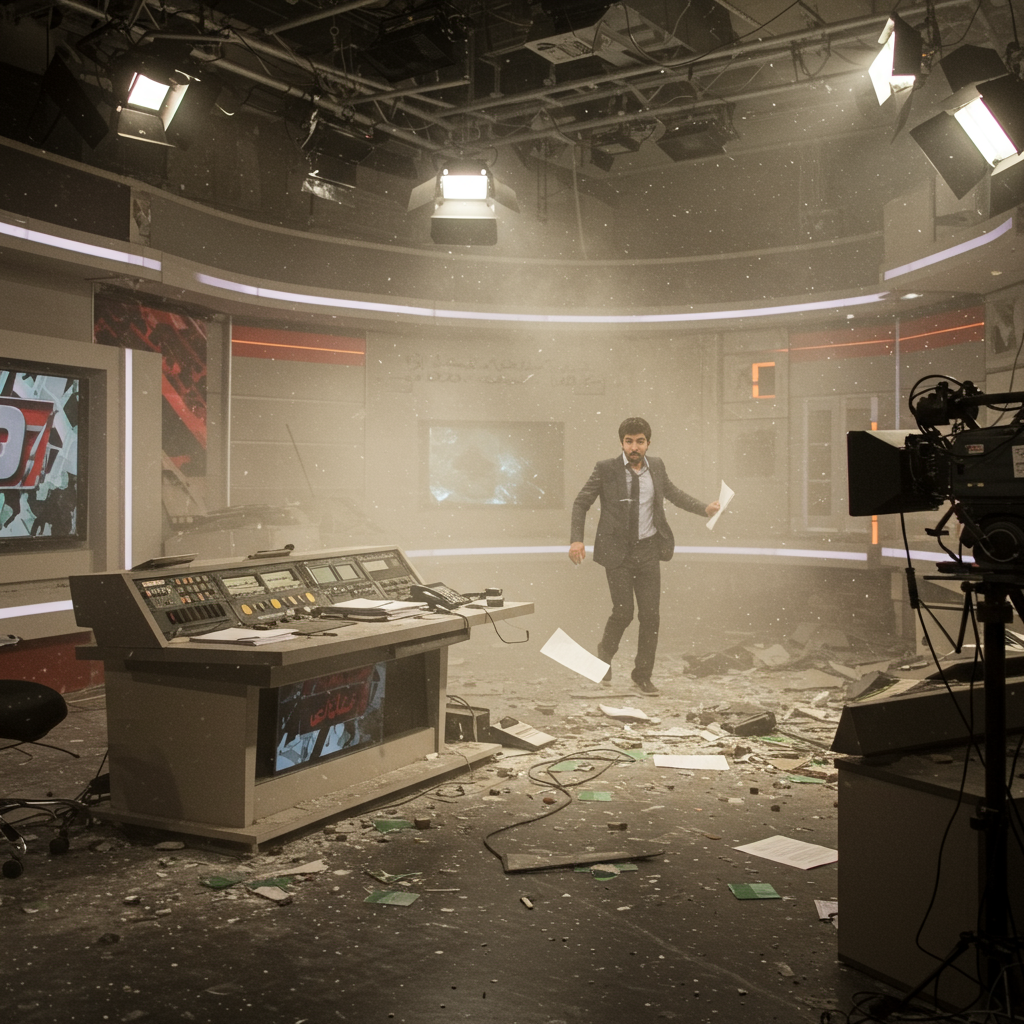The fragile Gaza ceasefire, a recent diplomatic triumph, now faces its most severe challenge. A week after its initial implementation, a deadly escalation in the Gaza Strip has ignited renewed violence, raising urgent questions about the agreement’s durability and the future of Middle East peace. This sudden flare-up, which saw significant casualties and halted humanitarian aid, underscores the extreme precariousness of the Israel-Hamas conflict and the complex diplomatic efforts to maintain regional stability.
A Precarious Truce Tested by Violence
Just days ago, the Gaza ceasefire, brokered by US President Donald Trump and enacted on October 10, brought a rare moment of optimism. It facilitated a crucial exchange: Israeli hostages for Palestinian prisoners, a significant step after two years of intense conflict. However, this hard-won stability proved fleeting. Sunday marked the deadliest day since the truce began, shattering the brief calm and propelling the region back into a cycle of accusations and retaliations. The incident immediately threatened to derail the delicate diplomatic progress.
Rafah Incident Ignites Retaliation
The latest escalation began with the deaths of two Israeli soldiers in Rafah, a southern Gaza city. Israel swiftly attributed the attack to Hamas, prompting the Israel Defense Forces (IDF) to launch a series of extensive, deadly strikes across the Gaza Strip. These retaliatory actions, which Israel claimed targeted “dozens of Hamas terror targets,” led to the tragic deaths of at least 45 Palestinians. In response, an Israeli security official announced a temporary suspension of aid deliveries, further exacerbating the humanitarian situation in Gaza. Hamas, however, emphatically denied responsibility, stating that communication with its fighters in the area had been severed for months.
Diplomacy Under Pressure: US Efforts to Stabilize the Ceasefire
The immediate aftermath saw intense diplomatic activity aimed at preventing the Gaza ceasefire from completely collapsing. Crucially, strong US pressure was instrumental in ensuring that the truce was not entirely derailed. This intervention led to the reopening of Israel’s crossings with Gaza on Monday, allowing humanitarian aid to resume. President Trump’s special envoys, Steve Witkoff and Jared Kushner, quickly returned to the region, joining Egyptian mediators and Palestinian factions in Cairo. Their urgent mandate is to bolster the shaky agreement and tackle the core issues shaping Gaza’s future and the role of Hamas.
Trump’s 20-Point Plan: Phase Two Ambitions
These ongoing discussions are central to advancing the second phase of President Trump’s ambitious 20-point peace plan. This next stage outlines several transformative objectives for Gaza: the deployment of an international stabilization force, the eventual withdrawal of the IDF, and most critically, the disarmament of Hamas. The plan also envisions a temporary transitional governance by a technocratic Palestinian committee and the establishment of a “Board of Peace,” chaired by President Trump. Reconstruction estimates for Gaza range from $50-70 billion, with proposals for Gulf nations and European counterparts to fund this through contracts awarded by the Board. A “weapons buy-back program” offering amnesty to Hamas members who disavow violence is also part of the strategy.
Conflicting Narratives and the Human Toll
Amidst the diplomatic maneuvering, the human cost of the renewed violence is stark. Local hospitals reported dozens of Palestinian casualties, many of whom were civilians, including children. A heart-wrenching example is the death of 14-year-old Mohammed Abu Obeid, killed in an Israeli strike on a tent in al-Mawasi. His father, Shadi Abu Obeid, recounted his despair, having relaxed his vigilance due to the perceived security of the ceasefire. Both sides presented conflicting narratives regarding the events. The IDF asserted Hamas directly attacked its troops, while Hamas accused Israel of fabricating pretexts to reignite the conflict and violating the ceasefire.
The Contested “Yellow Line”
A significant point of contention further complicating the situation is the “Yellow Line,” a demarcation marking the new position Israeli forces agreed to withdraw to within the Gaza Strip. Despite the IDF controlling over half the territory, confusion among Palestinians about the line’s exact location has led to tragic incidents. Israeli Defence Minister Israel Katz issued a firm directive: any Hamas fighters beyond this line in Israeli-controlled areas must leave immediately, holding Hamas leaders responsible for their actions. The IDF even released a video showing bulldozers physically marking the line, yet deadly incidents of fire persist involving Gazans crossing this ill-defined boundary.
Obstacles to Lasting Peace: Beyond the Ceasefire
The recent events have reignited discussions among Israeli commentators about the inherent weaknesses of the initial Gaza ceasefire deal. Many point to its “vague wording” and “significant loopholes,” particularly concerning the fate of Hamas fighters stranded in Israeli-held areas. Domestically, Israeli Prime Minister Benjamin Netanyahu faces anticipated tough rhetoric and pressure from parliament and within his Likud party. He has ordered “strong action” against breaches but stopped short of threatening a full return to war. On the Palestinian side, Hamas spokesman Mohammed Nazzal proposed an independent technocratic committee to govern Gaza, yet simultaneously indicated Hamas’s intent to maintain security control for an interim period—a major obstacle to cementing a full end to the war.
The Road Ahead: Challenges and Tentative Hope
US Vice President JD Vance acknowledged the “fits and starts” of the peace process, emphasizing that disarming Hamas would not be swift, given the lack of necessary security infrastructure and support from Gulf and Arab states. He highlighted the persistent challenge posed by approximately 40 active Hamas cells potentially operating without adherence to the agreement. Jared Kushner further stressed that a viable alternative to Hamas must be created for the peace deal to succeed, ultimately aiming for an internationally backed authority to govern Gaza. While US envoys continue their meetings in Cairo, the sheer scale of the challenges, including deconfliction among Gulf nations and ensuring timely aid, means that sustainable peace remains a distant goal.
Frequently Asked Questions
What triggered the recent escalation in the Gaza Strip after the ceasefire?
The recent escalation was triggered by the killing of two Israeli soldiers in Rafah, an attack that Israel blamed on Hamas. This prompted the Israel Defense Forces (IDF) to launch extensive retaliatory strikes across the Gaza Strip. Hamas, however, denied responsibility for the attack, stating that communication with its fighters in that specific area had been cut off for months prior. This incident marked the deadliest day since the ceasefire took effect, severely testing its stability.
What is the “Yellow Line” and why is it a point of contention in Gaza?
The “Yellow Line” is a new demarcation intended to mark the position to which Israeli forces agreed to withdraw within the Gaza Strip, though Israel still controls roughly half the territory. It became a significant point of contention because its exact location has been unclear to Palestinians, leading to confusion and dangerous incidents where Gazans crossing the line have been subjected to Israeli fire. Israel’s Defence Minister has issued directives regarding fighters beyond this line, leading to efforts to physically mark it.
What are the key objectives of the second phase of President Trump’s peace plan for Gaza?
The second phase of President Trump’s 20-point peace plan for Gaza outlines several ambitious objectives. These include the disarmament of Hamas, the deployment of an international stabilization force to maintain security, and the eventual withdrawal of the Israel Defense Forces (IDF) from additional areas. The plan also proposes establishing an internationally backed authority to govern Gaza, a temporary transitional governance by a technocratic Palestinian committee, and significant reconstruction efforts, with potential funding from Gulf nations and Europe.



